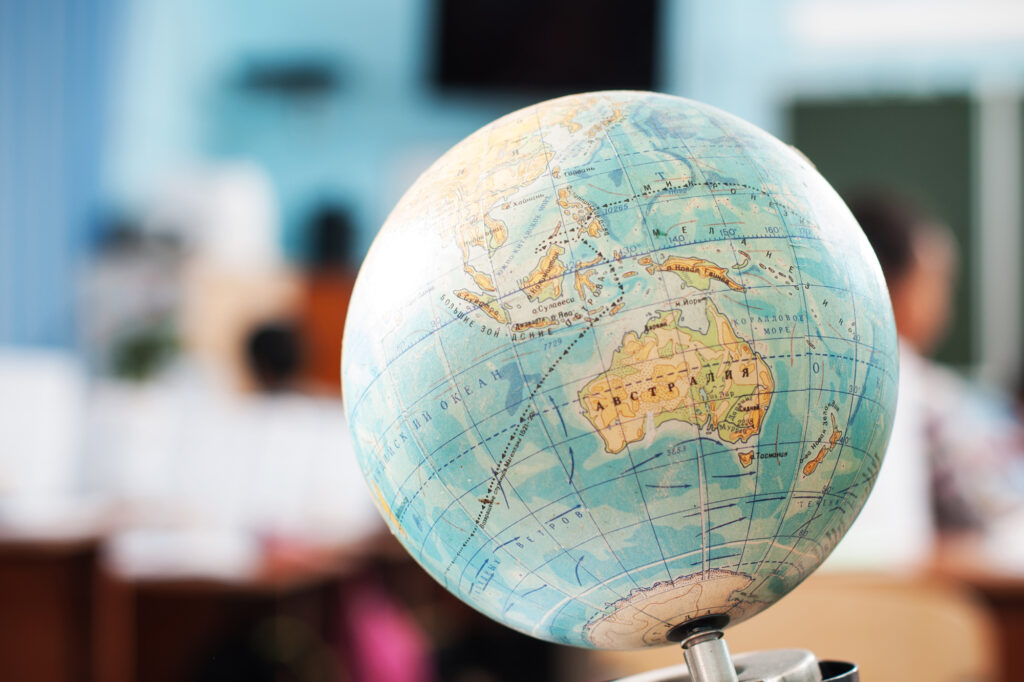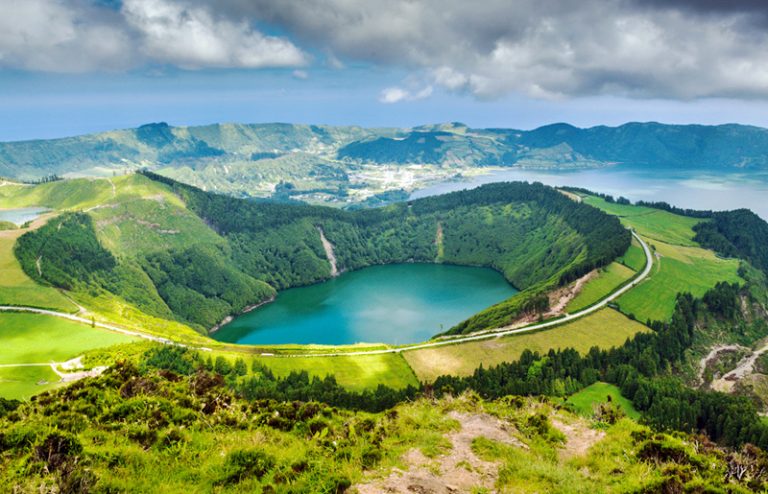Using literature in the geography classroom: Iceland
I’m sure you’ve heard the phrase before that ‘we are all teachers of literacy’. Of course, this is true but for geography teachers this does not need to detract or distract from our core purpose of imparting and developing geographical knowledge.
For starters, geographical study does require high standards of literacy both in terms of oracy and written fluency.
Did you know that according to research by G. Butt, there is evidence that standards of literacy in the UK population are low compared to other OECD nations. The Adult Literacy Trust reported that 15% of UK adults are illiterate and the average reading age in the UK is just 9 years old. 21 out of 24 other OECD countries have better functional literacy than the UK.
In fact, whilst reading ages are often fairly comparable to chronological age when a student leaves primary school, there is a decline in their reading ability. Many blame a lack of challenging texts for this decline as well as the trend that students choose to read less at this age.
We know that functional literacy is essential, and there is an inherent interrelationship between language, literacy and knowledge creation in all subjects and disciplines. GCSE textbooks and examination scripts are aimed at a reading age of 15.7, which is a challenge for many of our students to access when they are working well below this level. Studies show an average reading age of Year 11 students is 13 years (though this is an improvement since 2012 when the average was 11 years).
So, how can geographers support their students to develop literacy skills?
One of the things I love about geography is the inherently stimulating and exciting topics we get to teach! By connecting a piece of literature to these topics we can encourage students to respond to stunning landscapes, ask high level questions about dramatic images, debate important global issues, write persuasively and justifiably about decisions they make, speak and write about plans to improve the management of ecosystems and engage in landscape literature or complicated theoretical texts about our world.
If we were to approach all of these tasks whilst also including an engaging book, which may be more accessible and feel more relevant to students than other texts they study elsewhere, we might encourage even more passion and participation from our students as well as improving their literacy.

Many of us teach topics such as Fantastic Places, or investigate countries such as Iceland which are both perfect starting points to introduce works of literature.
What better location than Iceland for an in-depth country study that combines plate tectonic theory, hazard risk, hazard management, impacts of tourism, changing places and economics, a contrasting climate, etc.
There are a great many ways to investigate Iceland, but I would strongly recommend the inclusion of literature into the mix. For example, the Magnus Iceland Mysteries series by Michael Ridpath is a contemporary crime series describing Icelandic landscape and culture. This series refers to the old Icelandic sagas and compares the modern-day landscape of Iceland which provides a really useful connection back to the classroom. These books are pitched at an accessible level for students and describe the distinctive features of Iceland in such a visual way that students will really be able to imagine the scenery for themselves.
In order to help students achieve a deeper understanding of geographical concepts, we need to empower them to take part in the conversation and this means we need to decode the language.
Merely focusing on spelling and grammar is not enough. It is critical to provide a myriad of ways to develop spoken and written literacy in order to build their intellectual capacity to decode examination language and, more importantly, the world around them.
The resource attached to this blog gives some sample quotations from the Magnus Iceland Mysteries series by Michael Ridpath (but please do go and enjoy reading the full books too!) and some suggestions for how to use them in the classroom: such as silent field sketches in response to text, hexagon note-taking, debate, extended writing with structure strips or learning grids, etc.
Alongside this – why not use some of the amazing images available through on the Iceland pages, or shared on the Geography Teacher Zone Iceland photo album (https://bit.ly/2LA0t9L)? Enjoy!
Download our PowerPoint with classroom activities based on the Magnus Iceland Mysteries
How literature can help you launch your school trip?
If you are struggling to get your Iceland trip off the ground, perhaps your English department would like to join you. Talk to our team about creating a cross curricula trip.

